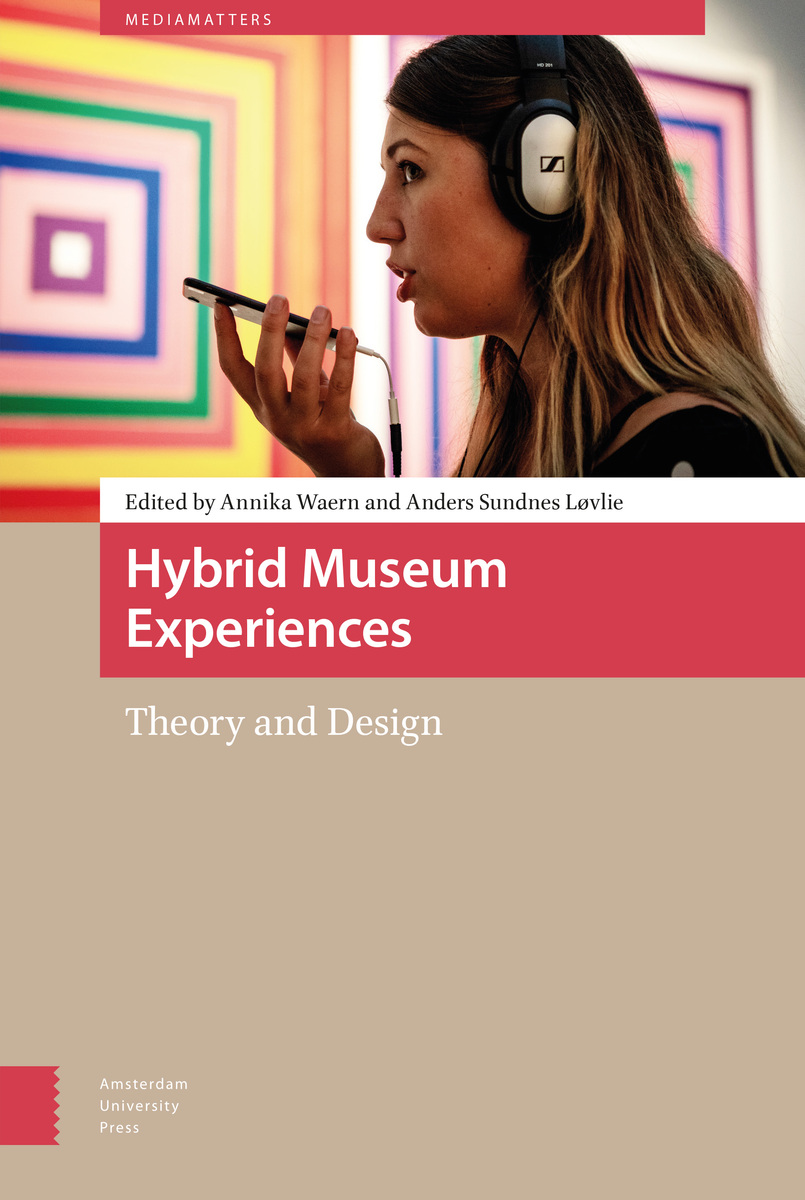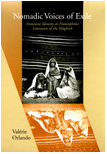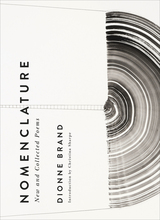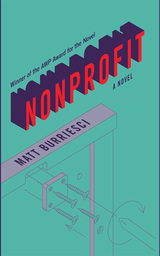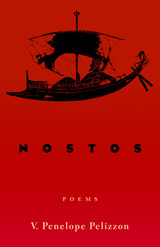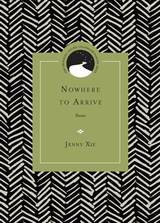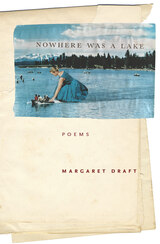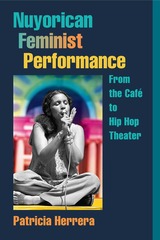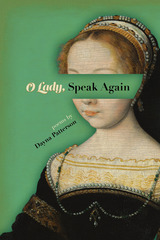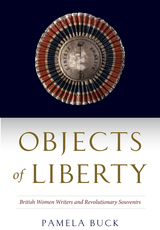Hybrid Museum Experiences: Theory and Design
Amsterdam University Press, 2022
eISBN: 978-90-485-5284-9 (PDF)
See other books on: Design | Media Studies | Museum Studies | Telecommunications | Theory
See other titles from Amsterdam University Press
eISBN: 978-90-485-5284-9 (PDF)
ABOUT THIS BOOK | AUTHOR BIOGRAPHY | TOC
ABOUT THIS BOOK
"So you're the one getting this gift? Lucky you!
Someone who knows you has visited the museum.
They searched out things they thought you would care about, and they took photos and left messages for you."
This is the welcoming message for the Gift app, designed to create a very personal museum visit. Hybrid Museum Experiences use new technologies to augment, expand or alter the physical experience of visiting the museum. They are designed to be experienced in close relation to the physical space and exhibit. In this book we discuss three forms of hybridity in museum experiences: Incorporating the digital and the physical, creating social, yet personal and intimate experiences, and exploring ways to balance visitor participation and museum curation.
This book reports on a 3-year cross-disciplinary research project in which artists, design researchers and museum professionals have collaborated to create technology-mediated experiences that merge with the museum environment.
Someone who knows you has visited the museum.
They searched out things they thought you would care about, and they took photos and left messages for you."
This is the welcoming message for the Gift app, designed to create a very personal museum visit. Hybrid Museum Experiences use new technologies to augment, expand or alter the physical experience of visiting the museum. They are designed to be experienced in close relation to the physical space and exhibit. In this book we discuss three forms of hybridity in museum experiences: Incorporating the digital and the physical, creating social, yet personal and intimate experiences, and exploring ways to balance visitor participation and museum curation.
This book reports on a 3-year cross-disciplinary research project in which artists, design researchers and museum professionals have collaborated to create technology-mediated experiences that merge with the museum environment.
See other books on: Design | Media Studies | Museum Studies | Telecommunications | Theory
See other titles from Amsterdam University Press
